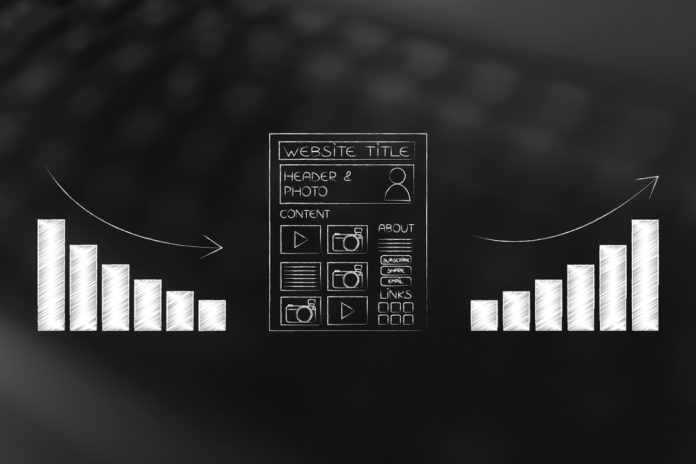Making sure that your website performs to the best of its ability at all conceivable points is one of your most important tasks. A good site could prove to be the difference between you drawing custom and you losing it to your competitors, so you should always seek to ensure that yours works. If you want to be really successful, you should go one step further — you should seek to improve its performance.
To improve the performance of your website, you should take the advice laid out in the guide below and put it into practice. Here’s how to improve the performance of your website.
Make use of a strong server platform
The server platform from which your website operates can make or break its ability to not only improve, but just perform in general. You need to be choosing a VPS hosting system that will facilitate your site growing, and not just see it flounder in online obscurity. For this reason, you should make use of a strong server platform, such as Smart Hosting. By doing so, you’ll get your website running smoothly and, more important, profitably again. However, be sure your website is mobile-friendly and also modern in aesthetics and navigation.
Ensure your site is mobile responsive
More and more people are using their smartphones as a means to access the Internet and perform their online searches, which is why the mobile web has grown more prominent (and dominant) in recent times. It is for this reason why you should do all you can to ensure that your site is mobile responsive. In fact, you might even want to consider making sure this is the case before you work on the desktop version of your site — this process is called making your website ‘mobile first.’
To make your site ‘mobile first,’ you should…
- Check your site’s usability on mobile using Google’s Mobile Website Auditor
- Work on your UI and UX to make copy readable and smooth on all devices
- Hire a dedicated web designer to make the experience as seamless as possible
Reduce the size of your images
By not having appropriately sized images dotted around your website, everything will look incoherent, and your pages will be weighed down. You should seek to reduce your image size so that they make your site easier to navigate, but you should do so without sacrificing quality.
In this instance, you should try out other image formats, like WebP and JPeg XR, and find the one that works for your specific site. Remember, it’s not one size fits in all when it comes to websites and images, so what might work on another site might not work on yours.
Cache as often as you can
Web caching is the process of storing websites, and you should seek to embrace it. By doing so, your site’s bandwidth will be reduced, and its performance will be improved. What’s more, if your site does go down, users will be able to find a cached version of it that is not only viewable, but updated.

